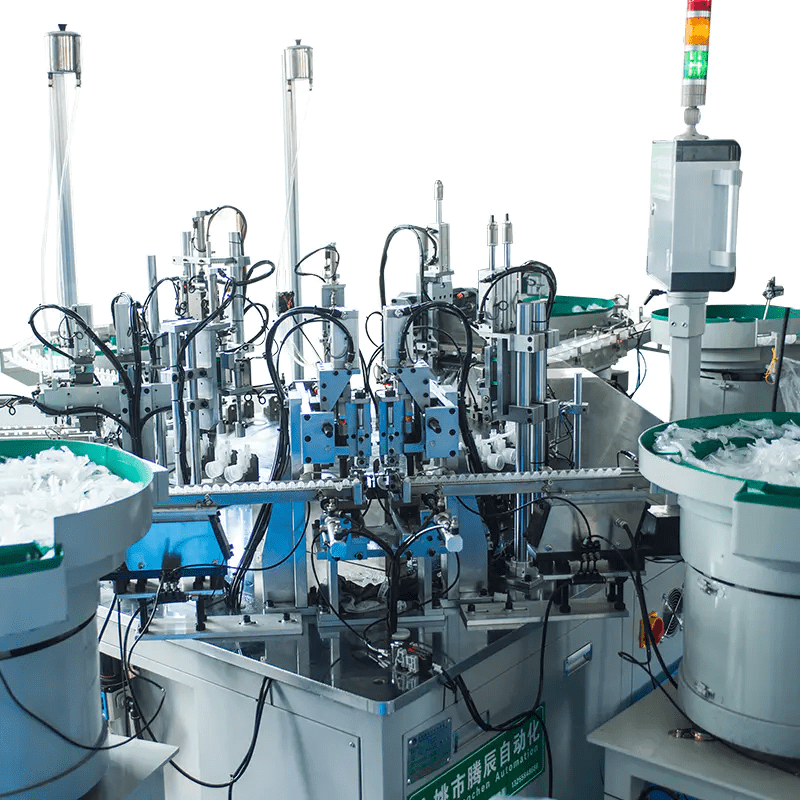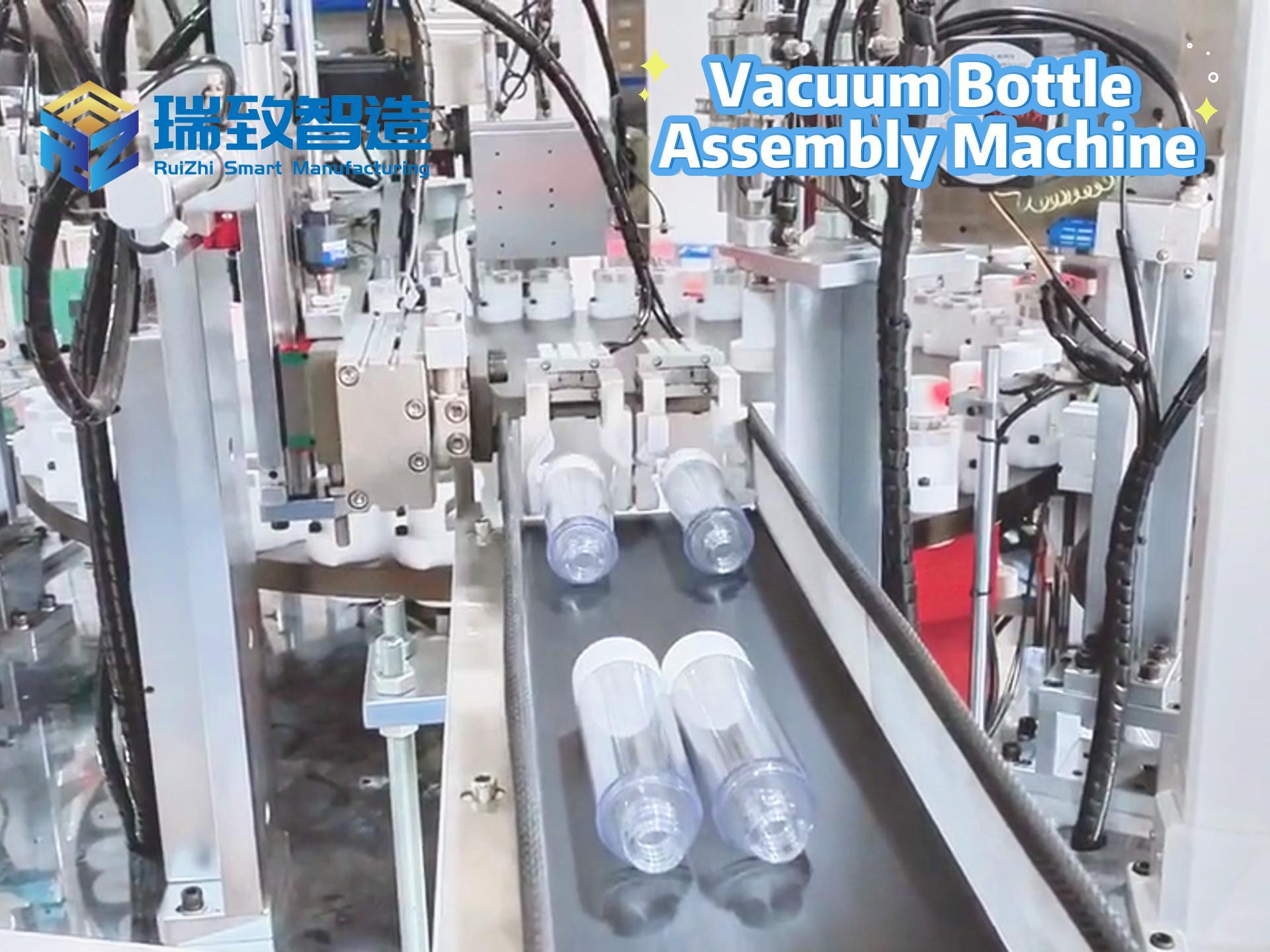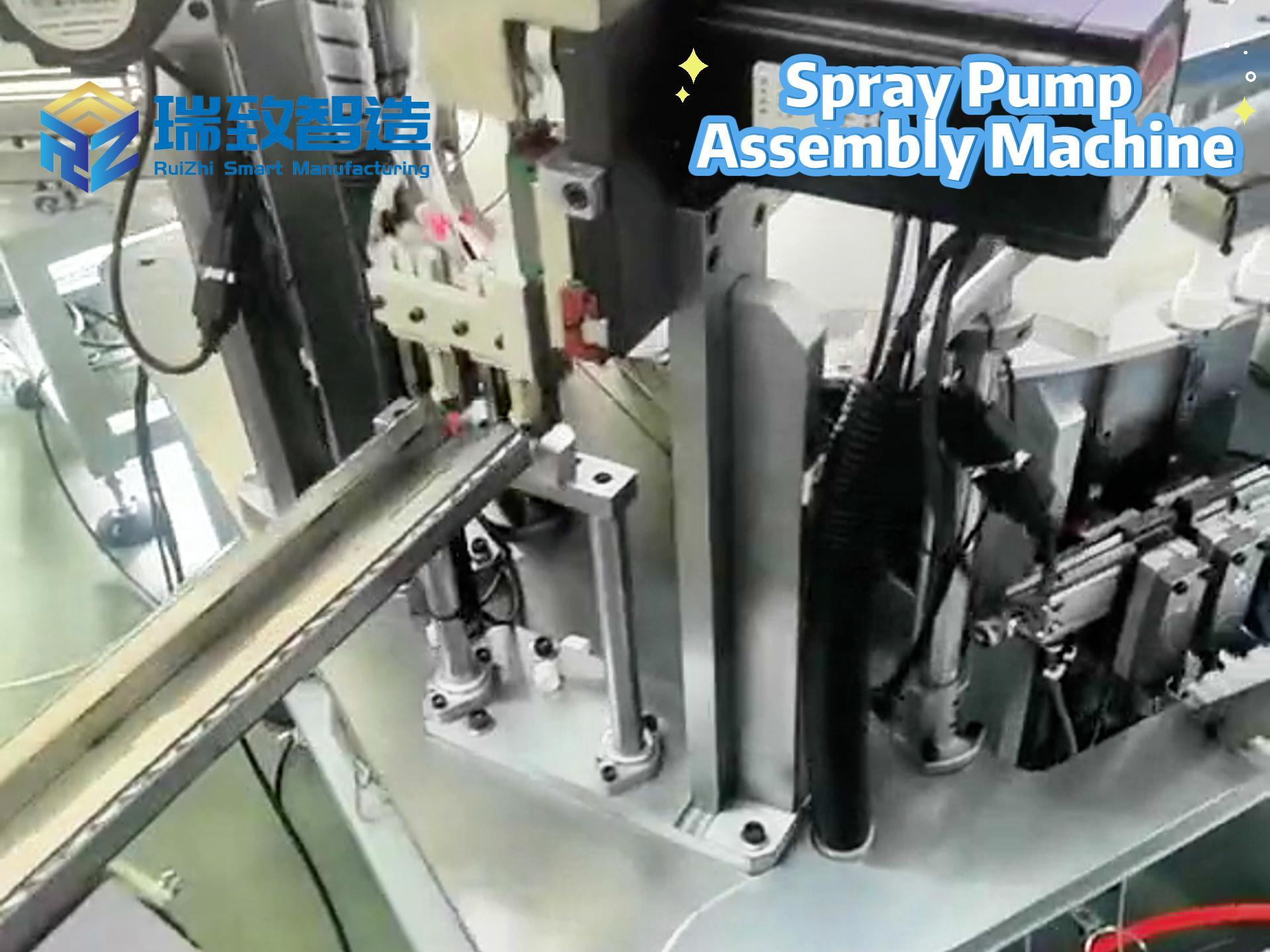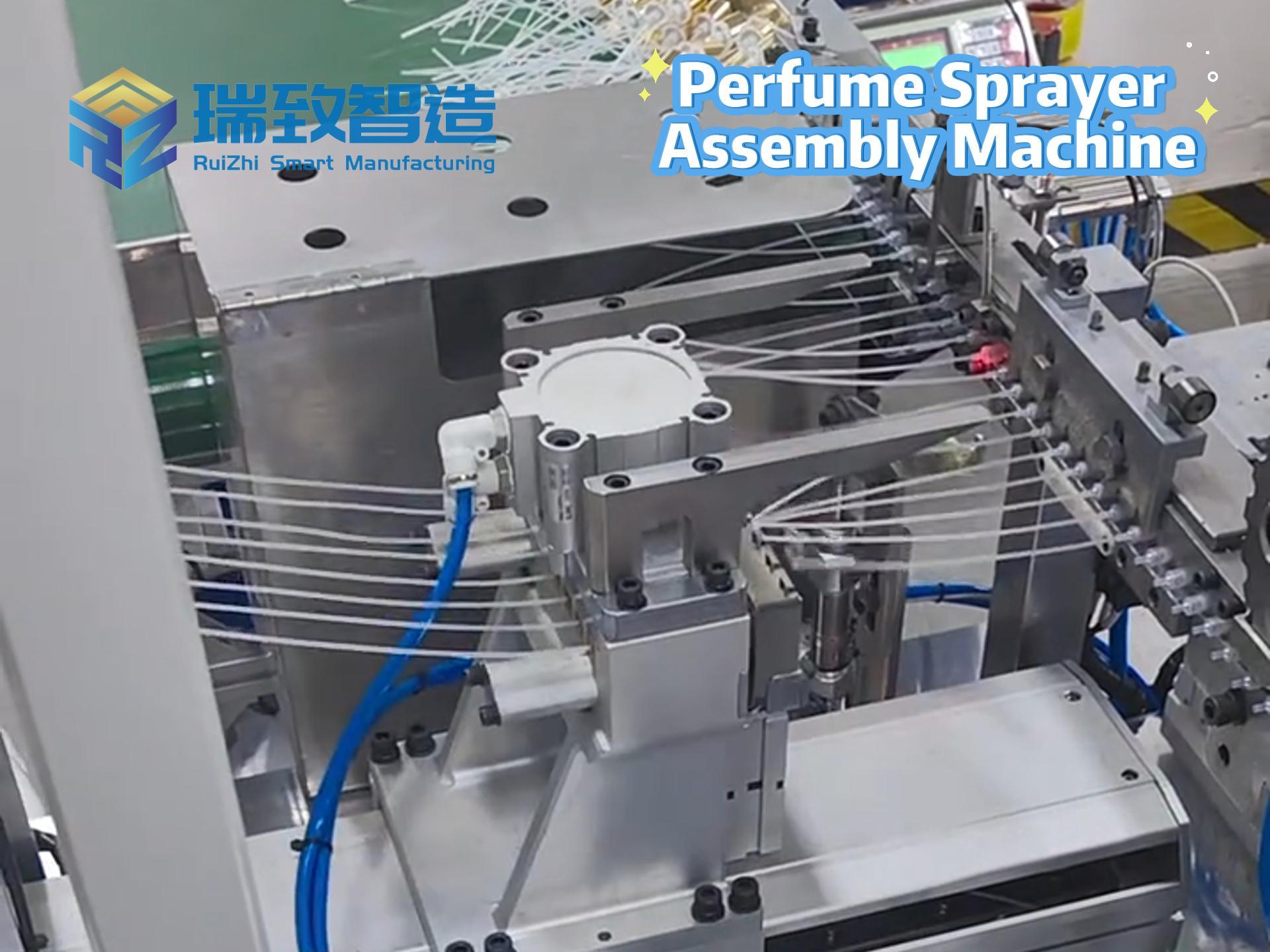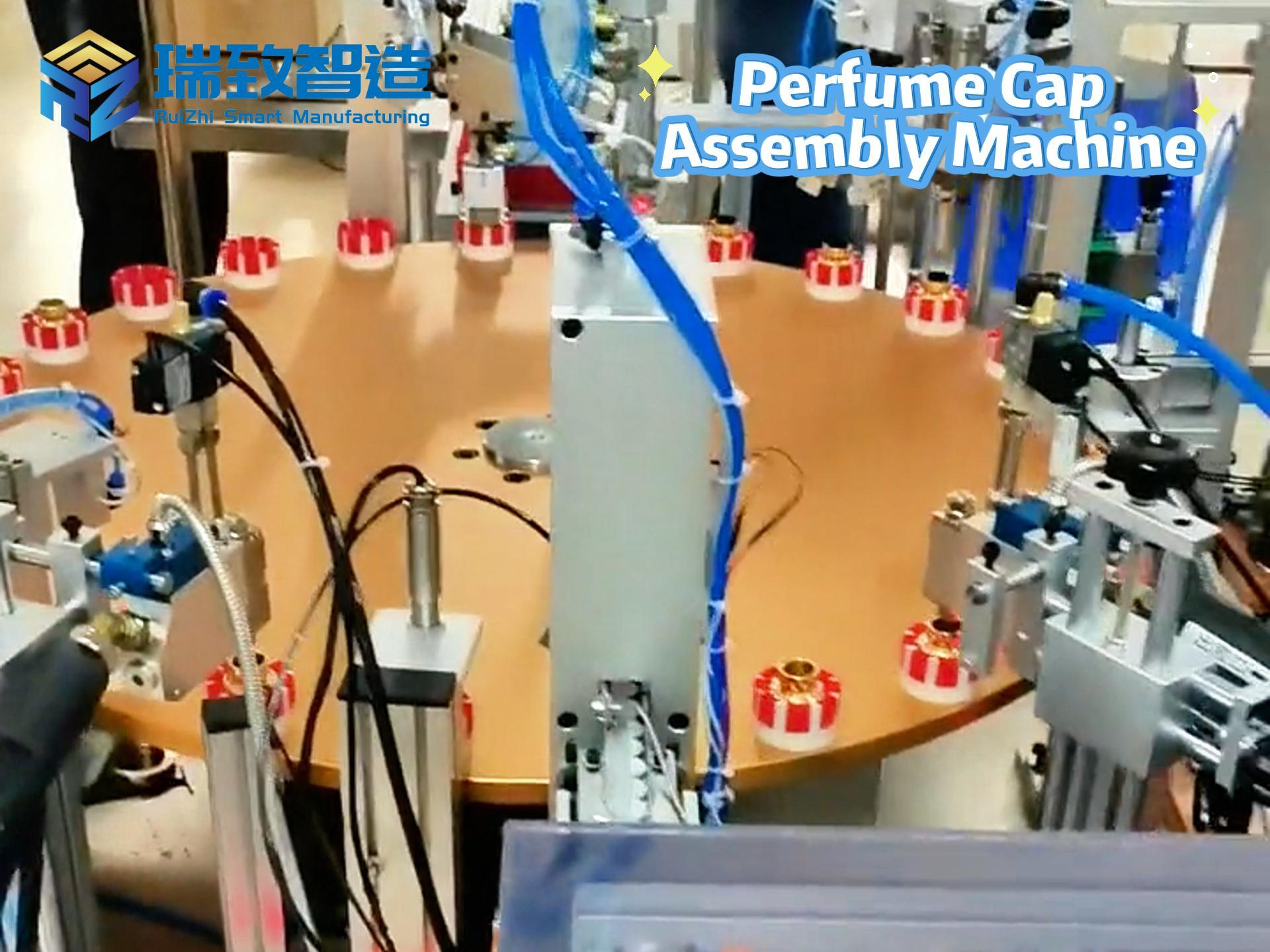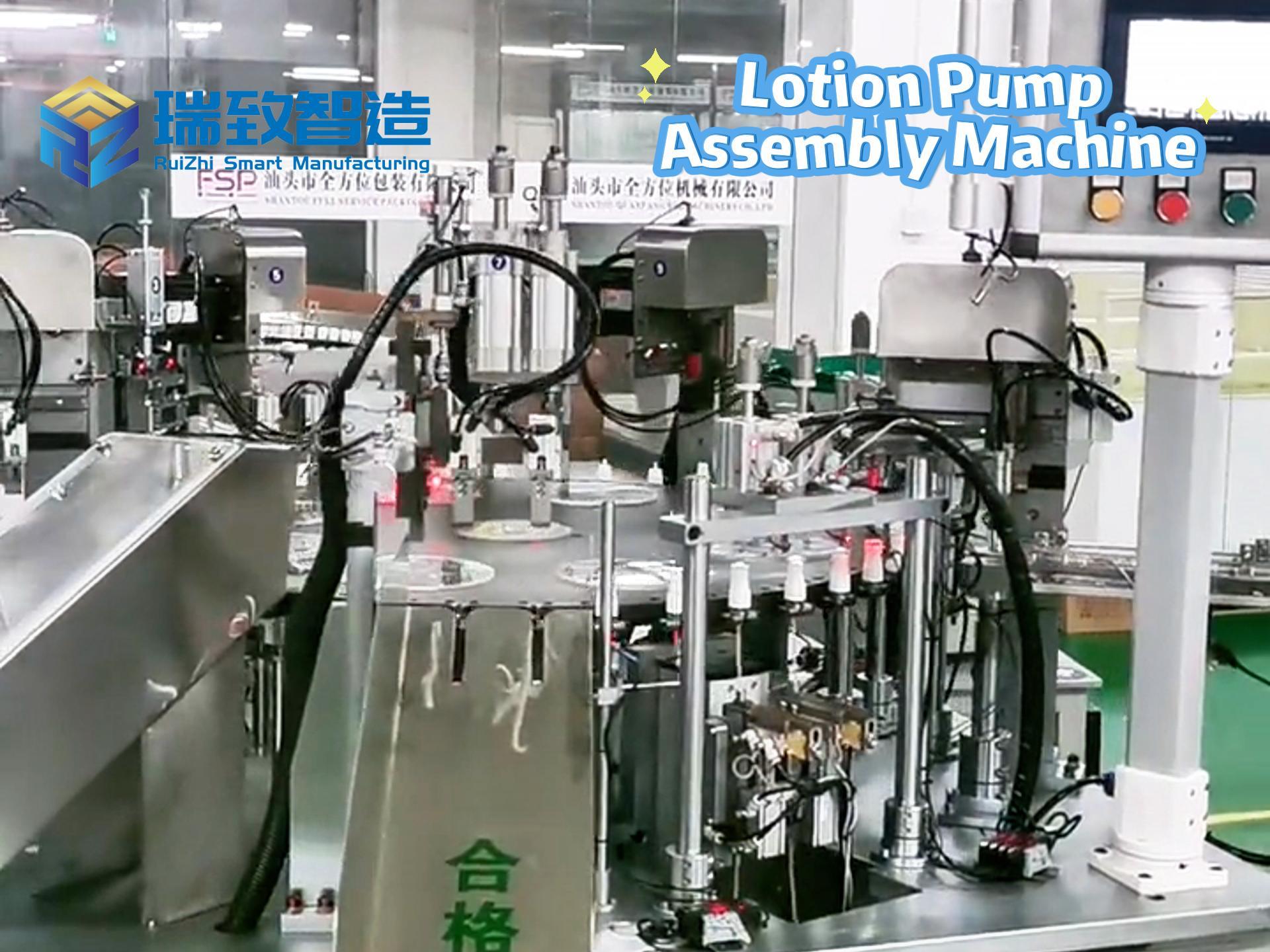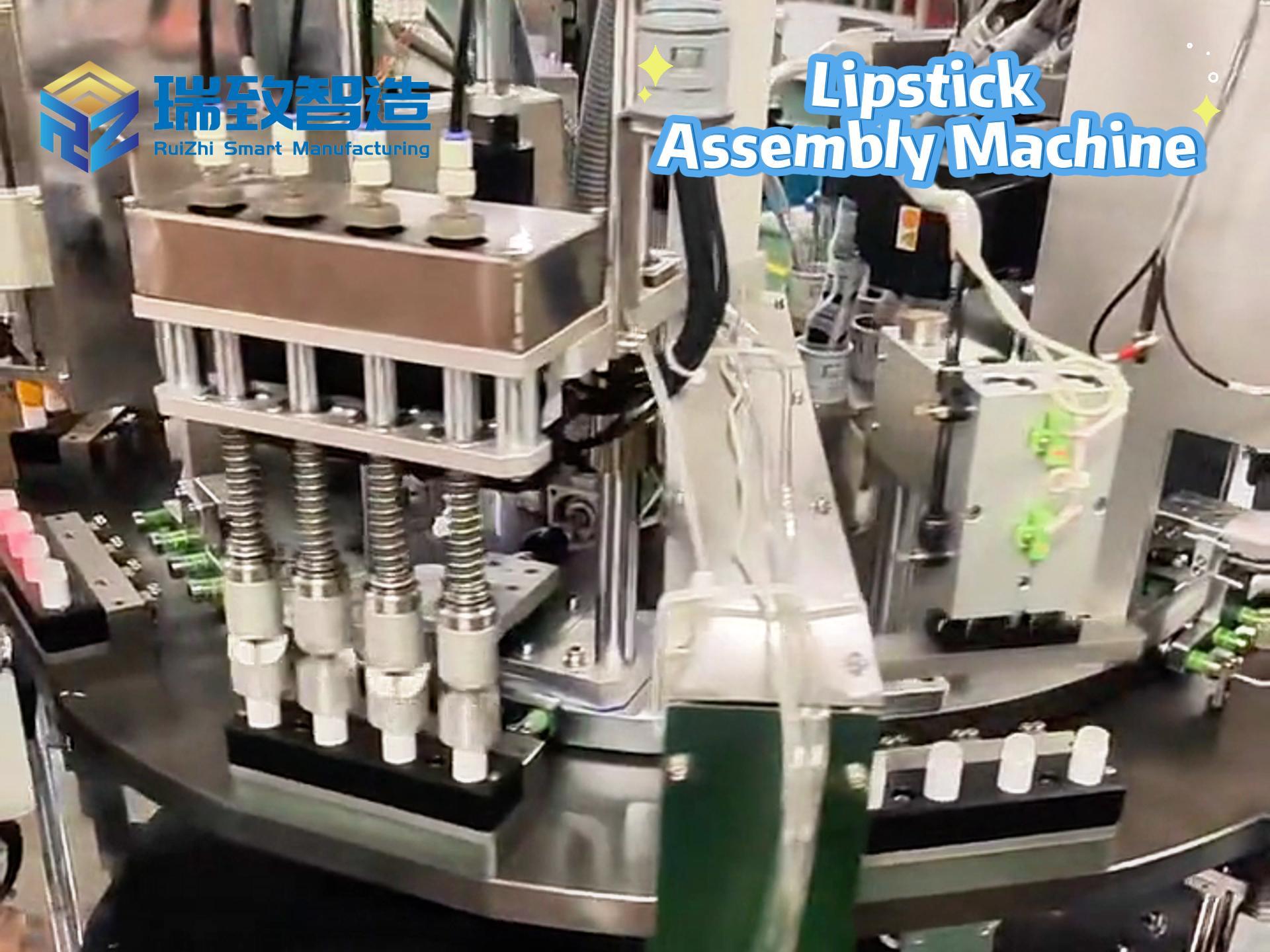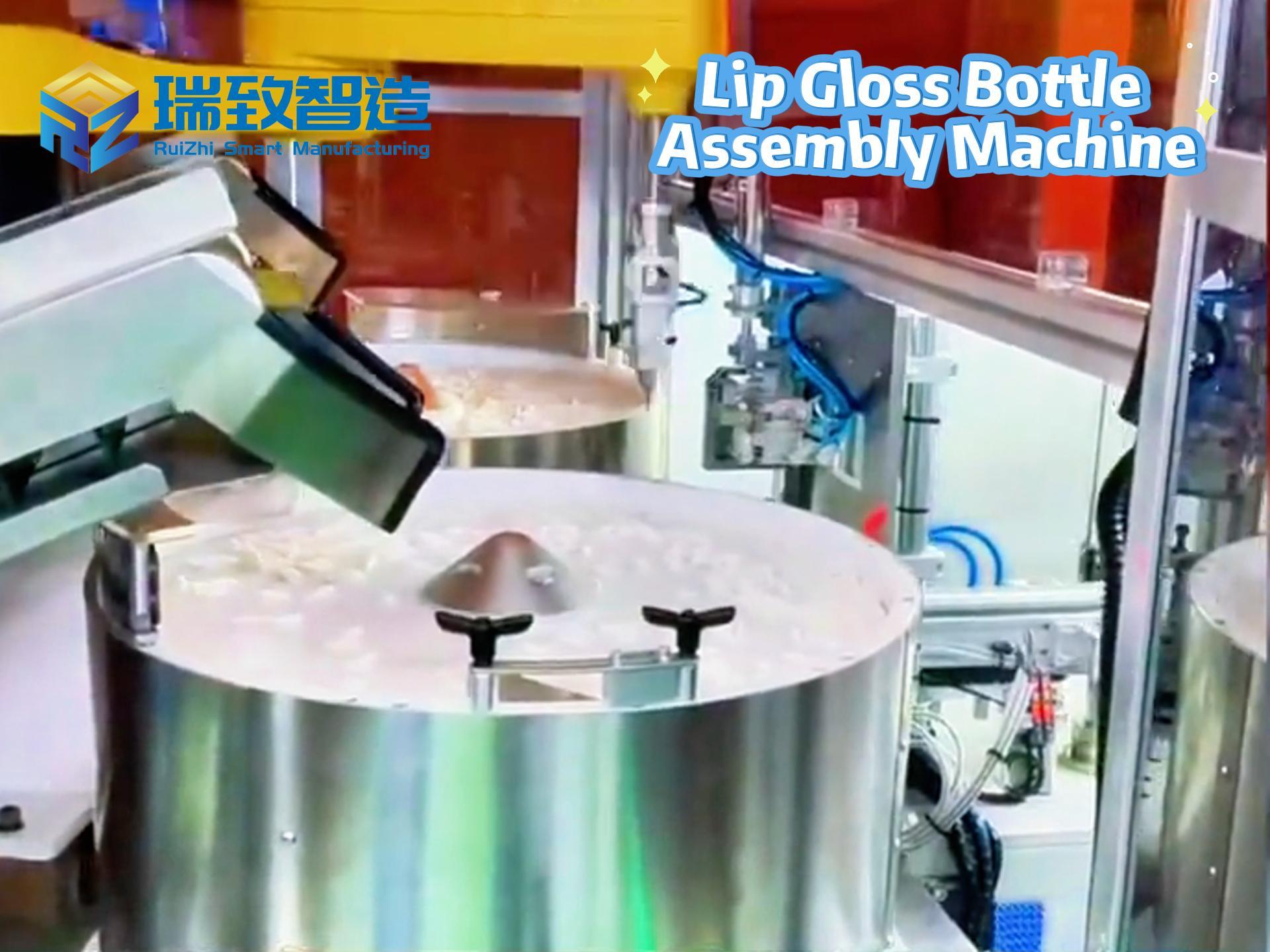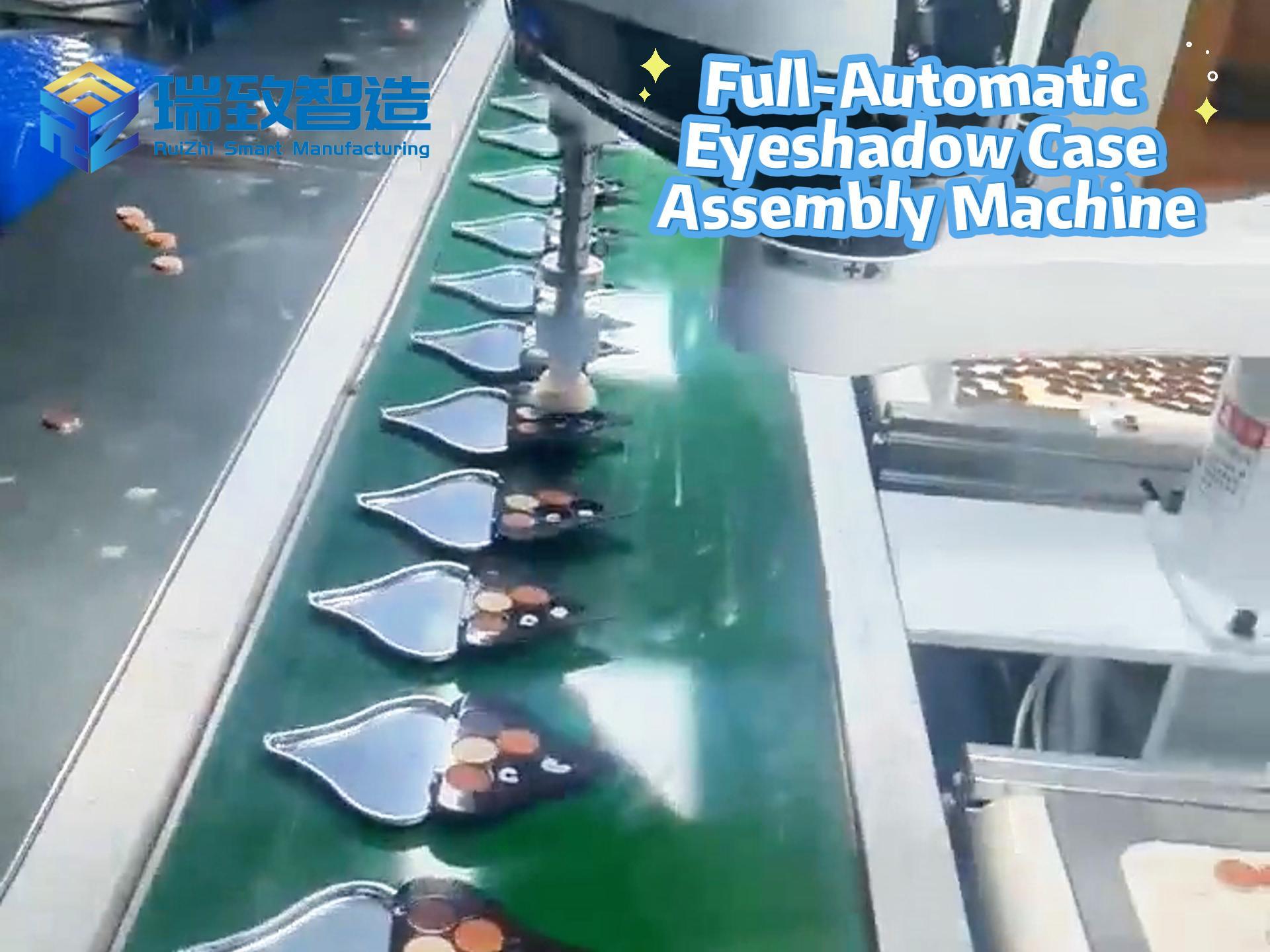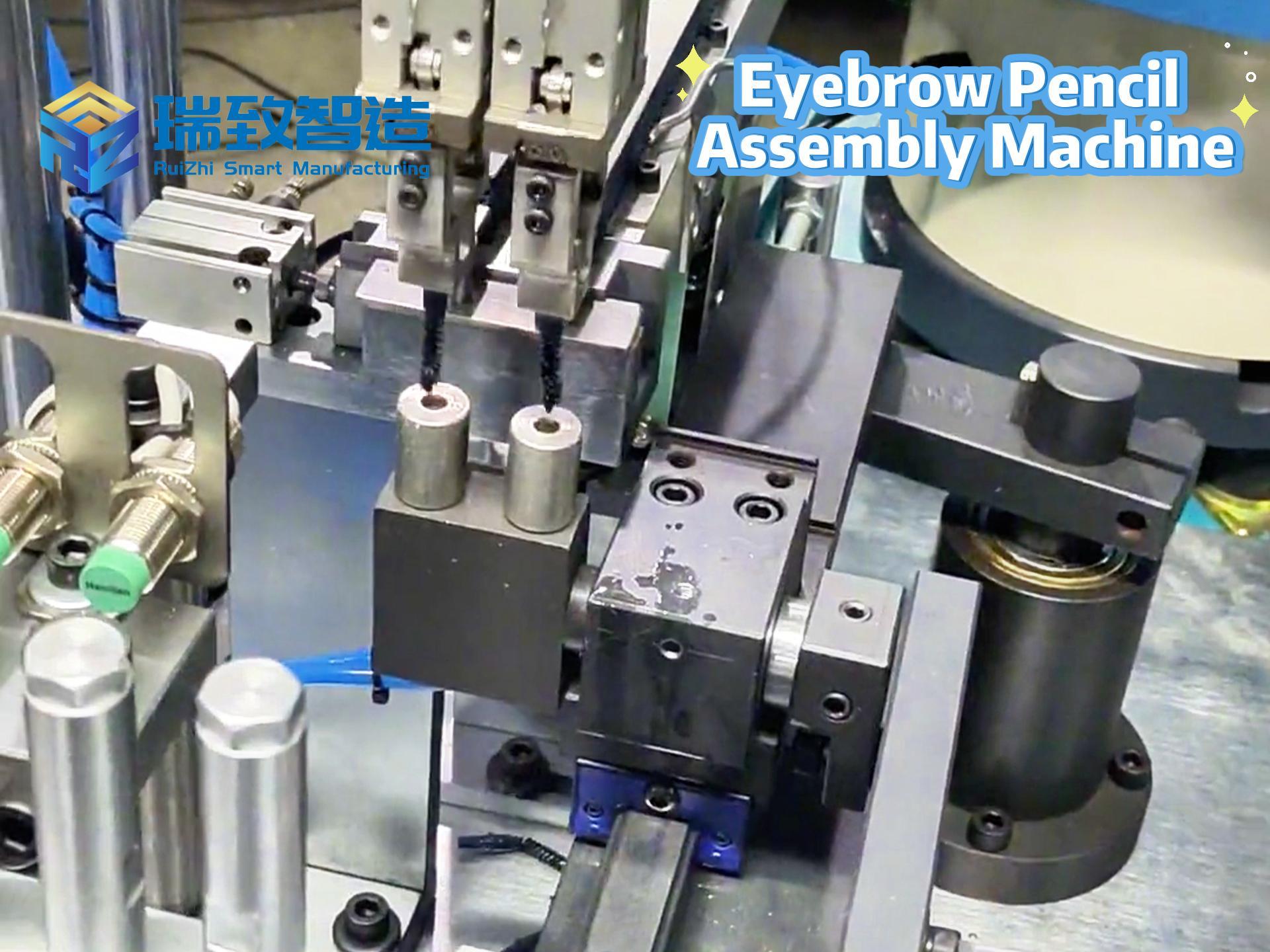Table of Contents
Toggleاختراق في صناعة تخزين الخدمات اللوجستية: الأتمتة المرنة تحل معضلة فرز "متعددة وحدات التخزين، وسرعة دوران البضائع"

Scene Insight:
Three days after Double 11, the sorting hall of an e-commerce logistics center was in chaos—200,000 packages 积压 (backlogged) at the sorting ports, AGV robots frequently shut down due to path conflicts, manual sorters frantically dashed between 3,000+ SKU shelves, and the misdispatch rate soared to 3%. On the monitoring screen, the order delivery delay rate of a beauty brand reached 15%, and customer complaints hit an all-time high. In the logistics warehousing industry, “low efficiency in multi-SKU sorting” and “slow response to fast turnover” have become two black holes devouring profits, with traditional warehousing systems on the verge of collapse under the extreme test of e-commerce logistics.
一、Three “Flexibility Pain Points” in the Logistics Warehousing Industry
Explosive growth of SKUs, exponential decline in sorting efficiency
·Data shock:
·E-commerce platforms have an average of over 500,000 SKUs, and cross-border e-commerce reaches 1 million+. Traditional shelf sorters take over 2 minutes to find a single product, and order fulfillment efficiency decreases quadratically with the number of SKUs.
·A pharmaceutical warehousing center saw its sorting route extend by 30% and labor costs increase by 4 million yuan annually due to the addition of 2,000 new medical devices and consumables.
Extreme turnover speed, unpredictable inventory fluctuations
·Fast-turnover pressure:
·Live-stream e-commerce has (spawned) “1-hour delivery” demands. Warehousing centers need to support order processing from receipt to shipment within 30 minutes. Traditional WMS systems have a scheduling error of 20%, leading to a picking path detour rate of over 40%.
·A fresh food warehouse suffered a backlog, causing inventory data to lag. 2,000 pieces of strawberries spoiled due to delayed sorting, resulting in a direct loss of 150,000 yuan.
Stringent sorting accuracy requirements, high costs of human error
·Error costs:
·For every 1% increase in the misdispatch rate of clothing e-commerce, return costs increase by 3% of sales. A fast-fashion brand lost over 20 million yuan annually due to a 2.5% misdispatch rate.
·Misdelivery of drugs in pharmaceutical warehousing can endanger lives. A pharmaceutical logistics center had its GSP certification revoked due to sorting errors, halting operations for 3 months and causing losses exceeding 100 million yuan.
二、”Intelligent Sorting” Solutions for Flexible Automation Breakthrough
Dynamic goods-to-person system: Turning ‘searching for goods’ into ‘waiting for goods’
(1) AGV + container flexible combination
·Hardware layer:
·Deploy composite AGVs (supporting shelf handling + sorting robot loading). For example, Kiva robots transport shelves to sorting stations, cooperating with collaborative robots to grab goods, achieving a sorting efficiency of 600 pieces/hour/person—3 times that of traditional models.
·Case: After introducing an AGV cluster, an e-commerce logistics center reduced sorting time for best-selling products from 15 minutes to 3 minutes, increasing order processing capacity by 200% during promotions.
·Software layer:
·AI path planning algorithms avoid congestion in real time and dynamically adjust AGV routes (response time <1 second). A warehousing center reduced robot collision rates from 5 times/hour to 0.5 times/hour using this.
(2) Intelligent location management
·Dynamic allocation strategy:
·Automatically adjust locations based on “order frequency + product correlation” (e.g., storing lipstick and foundation nearby). After applying this in a beauty warehouse, the picking path for related products shortened by 40%.
·Slow-moving items are automatically relocated to high shelves, freeing prime locations for high-frequency products. A 3C warehousing center increased location utilization from 65% to 92%.
Visual sorting system: From ‘manual recognition’ to ‘intelligent perception’
(1) Multimodal recognition technology
·Hardware combination:
·3D vision cameras + deep learning algorithms identify the placement postures of irregular products (e.g., toys, clothing), with a grabbing success rate of 99.5%.
·A fresh food warehouse uses near-infrared spectroscopy cameras to detect fruit ripeness, avoiding sorting unripe products and reducing customer complaints by 70%.
·Software application:
·Real-time parsing of product barcodes/QR codes, docking with ERP systems to verify order accuracy. A pharmaceutical logistics center reduced drug sorting errors from 0.3% to 0.01% using this, passing GSP re-inspection.
(2) Flexible sorting units
·Adaptive grippers:
·Pneumatic-driven flexible grippers can handle 50g–5kg products (from phone cases to rice cookers), with contact force controlled between 5–50N, reducing damage rates from 2% to 0.1%.
·A furniture warehousing center used this technology to achieve mixed-line sorting of “sofa components + screw accessories,” increasing efficiency by 50%.
Intelligent scheduling brain: Taming sorting chaos with ‘digital twin’
(1) Real-time order fulfillment system
·Dynamic wave planning:
·Automatically split orders by “delivery area + product characteristics” (e.g., prioritizing fresh orders, separate waves for fragile items). A warehousing center reduced wave planning time from 30 minutes to 5 minutes, improving delivery timeliness by 30%.
·Case: A cross-border e-commerce handled Black Friday order surges by automatically activating “emergency waves,” increasing sorting efficiency for European and American orders by 40% and achieving a 98% on-time delivery rate.
(2) Digital twin pre (simulation)
·Virtual warehouse sandbox:
·Simulate order peaks during promotions (e.g., processing 100,000 packages simultaneously) to identify sorting bottlenecks in advance (e.g., excessive AGV density in certain areas), optimizing sorting efficiency by 25%.
·A logistics enterprise used digital twin to test new equipment layouts, reducing equipment procurement costs by 15% and increasing site utilization by 20%.
三、”Three-Stage Implementation Method” for Logistics Warehousing Flexibility Transformation
Pain point diagnosis: Drawing a ‘sorting efficiency heat map’
(1) Data collection list
·Core indicators:
Order fulfillment time (from receipt to shipment), picker walking distance, misdispatch rate, equipment utilization.
·Typical scenarios:
Peak order processing capacity (e.g., Double 11, 618), slow-moving inventory turnover, multi-language label printing efficiency for cross-border e-commerce.
(2) Priority ranking
| Pain Point Type | Transformation Urgency | Technical Suitability | Typical Technical Solutions |
| Slow high-frequency sorting | ★★★★★ | ★★★★☆ | AGV goods-to-person system + intelligent location |
| High multi-SKU misdispatch rate | ★★★★☆ | ★★★★★ | Visual sorting + real-time data verification |
| Chaotic cross-border labels | ★★★☆☆ | ★★★☆☆ | Intelligent printing + visual review |
Technical adaptation: Exclusive flexible parameters for logistics warehousing
(1) Three principles for equipment selection
·Load range: Choose AGVs supporting 5–50kg (suitable for full-category handling from light 小商品 (commodities) to large home appliances).
·Accuracy requirement: Sorting robot positioning accuracy ≤5mm (ensuring precise grabbing of soft-packaged products like clothing).
·Environmental adaptation: Cold chain warehousing requires low-temperature resistant equipment (-20℃). A fresh food warehouse shortened battery life by 50% due to unselected low-temperature AGVs, incurring 3 million yuan in later transformation costs.
(2) Software customization key points
·Develop multi-language label engines (supporting automatic switching of 10+ languages like Chinese/English/Japanese/Spanish). A cross-border warehouse reduced label error rates from 8% to 1% using this.
·Integrate customs data interfaces (automatically parsing HS codes and declaration elements for cross-border orders). A bonded warehouse reduced customs clearance time from 4 hours to 1 hour.
Personnel capability upgrading: Cultivating an ‘intelligent sorting elite force’
·Job restructuring:
·Establish “intelligent dispatchers” (mastering digital twin system operation and abnormal order handling), with salaries 50% higher than traditional sorters.
·Implement “multi-equipment operation certification” (e.g., mastering AGV scheduling, robot sorting, and WMS systems). A logistics center’s certified employees can support cross-job roles, reducing labor costs by 20%.
·Training innovation:
·VR sorting simulators: Simulate promotion order surges to train employees in handling equipment failures and order exceptions, tripling emergency response speed.
·Intelligent picking assistants: AR glasses display optimal picking paths in real time (red arrows guide product locations), shortening new employee training cycles from 2 weeks to 3 days.
四、Benchmark Case: The Transformation from “Frequent Order Backlog Victim” to “Intelligent Sorting Benchmark”
Case: A leading e-commerce logistics center (processing 500,000 orders daily)
Pain points:
·Order fulfillment time exceeded 8 hours during promotions, misdispatch rate was 2.8%, and customer complaints accounted for 15%.
·Cross-border product sorting errors led to 500 customs detentions monthly, with fines exceeding 500,000 yuan.
Transformation path:
Hardware upgrade:
·Deploy 200 composite AGV robots with 50 collaborative sorting units, achieving “goods-to-person” intelligent sorting at 800 pieces/hour/person.
·Introduce high-speed visual sorting systems supporting 300 pieces/minute barcode recognition, reducing cross-border product label review time from 10 seconds/item to 1 second/item.
Software reconstruction:
·Develop an in-house “order backlog response algorithm” to automatically identify abnormal orders (e.g., address errors, insufficient inventory), increasing promotion order processing efficiency by 150%.
·Digital twin systems simulate sorting processes in real time, warning of sorting bottlenecks 2 hours in advance, increasing equipment utilization from 60% to 90%.
Effectiveness data:
·Daily order fulfillment time compressed to 30 minutes, 2 hours during promotions, with on-time delivery rate rising to 99%.
·Misdispatch rate reduced to 0.1%, cross-border detention rate zero, annual cost savings of 30 million yuan, ROI reaching 250%, with a 12-month payback period.
五、”Pit Avoidance Guide” for Logistics Warehousing Flexibility Transformation
Don’t ignore the flexibility of the ‘last mile’
·A warehousing center introduced high-end AGV systems but suffered 1.8 million yuan in rework costs due to inconsistent sorting table heights causing product drops.
·Must-do: Unify material container specifications (e.g., use standard turnover box size 600×400mm) during equipment selection to ensure seamless end-to-end integration.
Beware of scheduling disasters caused by ‘data silos’
·A logistics enterprise failed to connect WMS and TMS data, resulting in 1,000 delayed orders and 500,000 yuan in compensation as delivery vehicles arrived before sorting completion.
·Principle: Ensure real-time data synchronization across the entire “order-sorting-delivery” chain. Recommend adopting the logistics industry’s universal GTIN coding system.
Calculate the ‘hidden costs of equipment maintenance’
·A warehousing center didn’t establish AGV battery replacement stations, leading to sorting interruptions from insufficient robot battery life and annual downtime losses of 2 million yuan.
·Optimal solution: Plan a 5% warehousing area for equipment maintenance, stock spare parts (e.g., robot grippers, AGV batteries), and ensure fault repair within 30 minutes.
Take Action Now: Logistics Warehousing Flexibility Transformation ‘Starter Kit’
Scan to receive the Logistics Warehousing Flexibility Diagnosis Form
·Includes 20 sorting efficiency indicators, 15 equipment compatibility tests, and 10 sets of job training manuals.
Schedule an “Intelligent Warehouse Planning Consultation”
·Senior logistics consultants will visit to measure sorting bottlenecks and provide a Flexible Warehouse Transformation Plan (including equipment layout diagrams + ROI calculations).
Join the “Smart Logistics Alliance”
·Share promotion response experiences and cross-border sorting solutions, and obtain the E-commerce Logistics Flexibility White Paper.
On the battlefield of e-commerce logistics, where “SKUs are as numerous as stars and turnover is as fast as the wind,” flexible automation is no longer just an “efficiency tool” but a “survival necessity.” While peers struggle with order backlogs and heavy losses from misdispatches, enterprises that 率先 (take the lead in) completing flexibility transformations have already distanced themselves in the logistics fulfillment race through core capabilities of “intelligent multi-SKU sorting and precise fast-turnover response.”
(Thus), our flexible automation industry breakthrough series concludes for now. Stay tuned for Flexible Automation CEO Must-Read: Top-Level Design from Strategic Planning to Implementation, focusing on transformation strategies for business decision-makers.
(For detailed technical solutions or discussions on specific scenarios, feel free to communicate at any time!)
“sealing ring function” “o-ring automatic assembly” “ring assembly machine”




